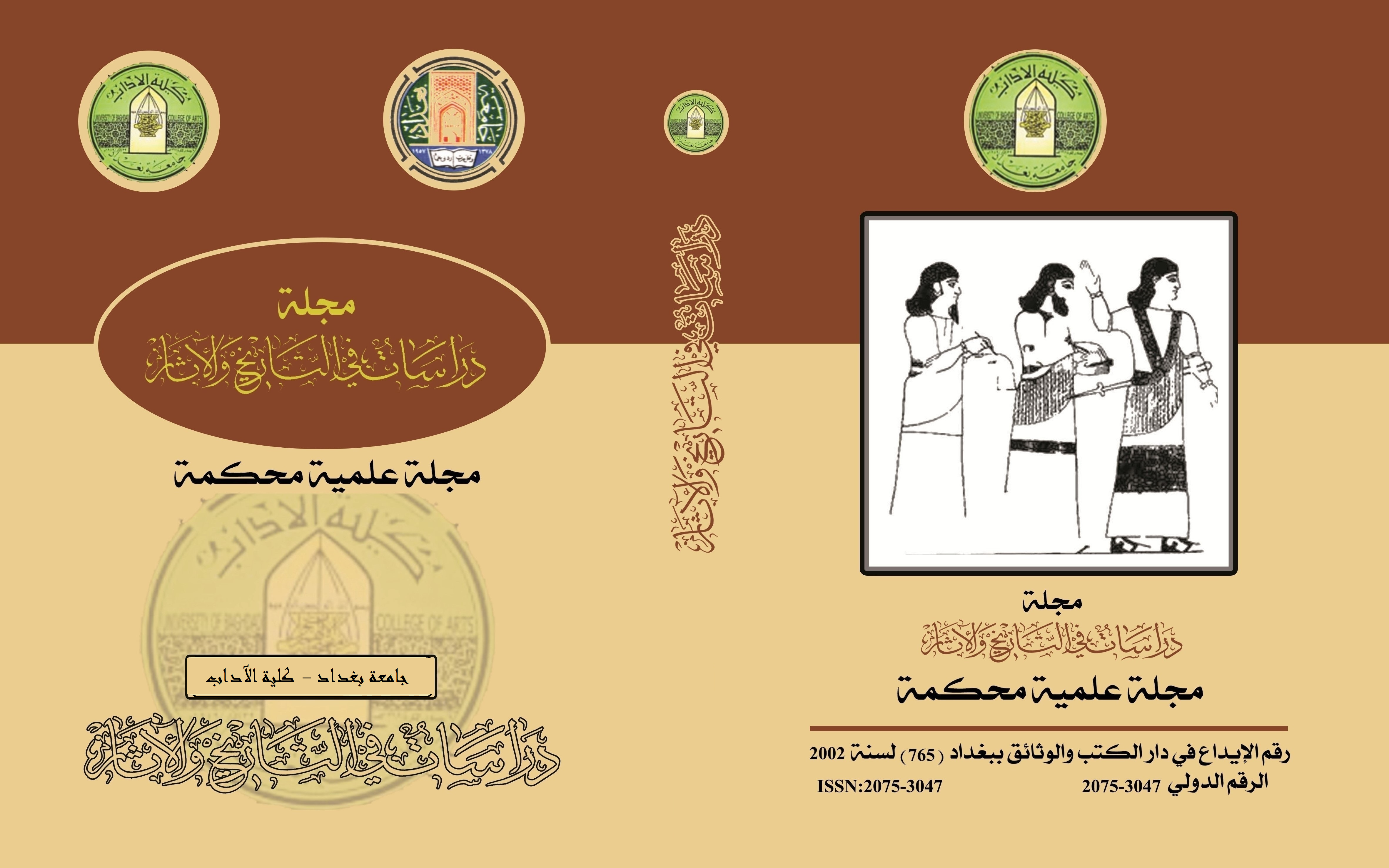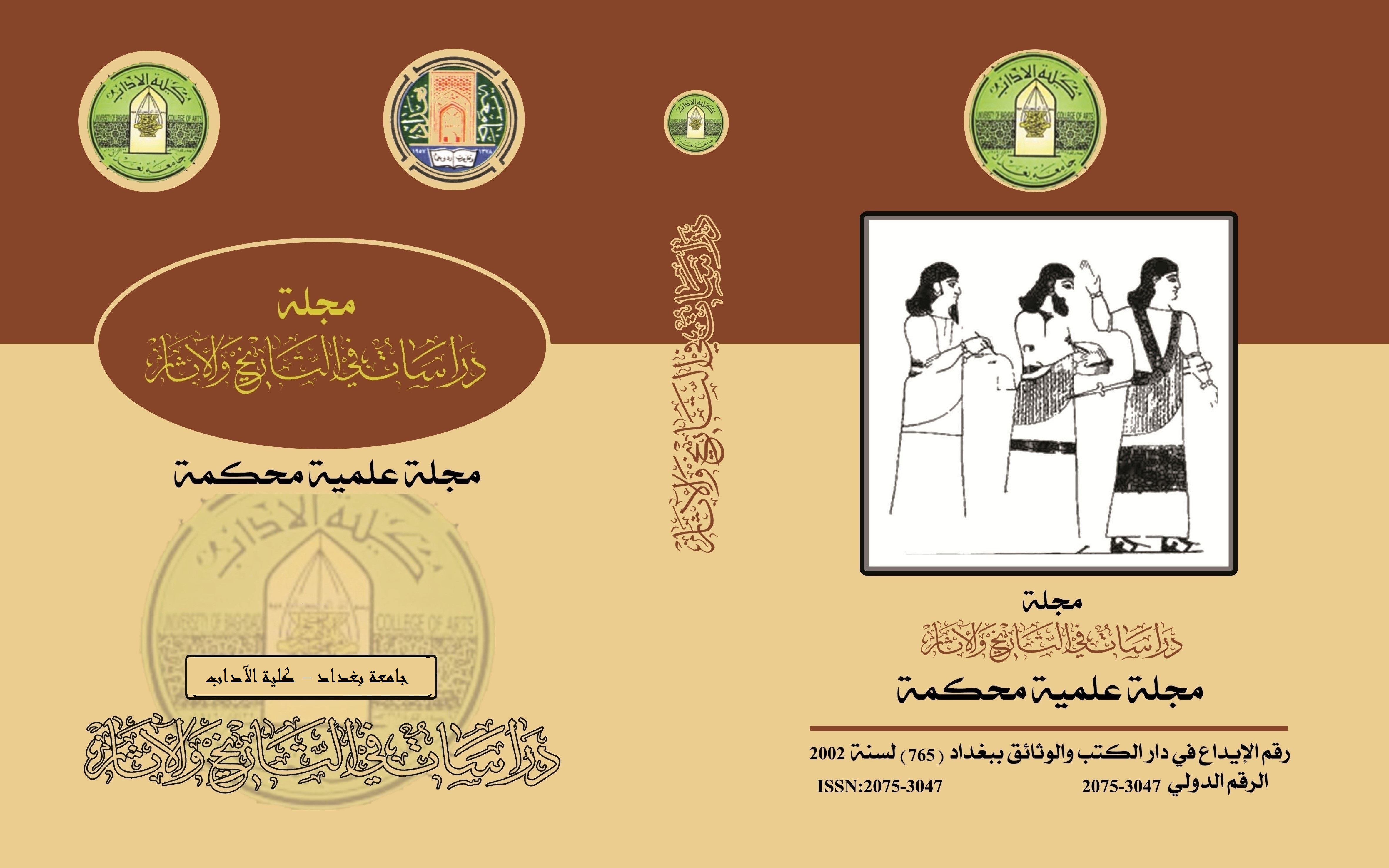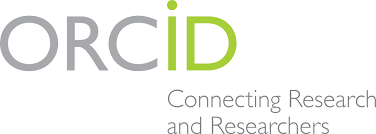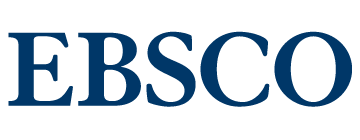التطورات الاقتصادية وخطط التنمية في جمهورية كوريا (1961-1981)
الكلمات المفتاحية:
جمهورية كوريا، صناعة، تاريخالملخص
قام الجنرال بارك تشونغ هي بانقلاب عسكري عام 1961 بعد ثلاثة عشر سنة من تأسيس جمهورية كوريا في جنوب شبه الكورية , وقد انطلقت ادارة بارك الحكومية في التنمية الاقتصادية للبلاد وبدأت بوضع أولى الخطط الخمسية خلال السنوات (1962-1966) التي ركزت على تطوير المنسوجات والصناعات الخفيفة مثل الأحذية والخشب الموجهة للتصدير مستفيدةً من وفرة الأيدي العاملة ذات المهارة العالية وبناء الاقتصاد السليم والنمو المستدام , ثم انتقلت الى تطبيق الخطة الخمسية الثانية (1967-1971) وأكدت هذه الخطة على تحديث الهيكل الصناعي وسرعة بناء صناعات بديلة للواردات ولاسيما صناعات الحديد والصلب والآلات والصناعات الكيمياوية , تلتها الخطة الخمسية الثالثة (1972-1976) وتحركت فيها الحكومة الكورية بزعامة بارك للتوسع في الصناعات الثقيلة والكيمياوية من خلال الاستثمار , وعملت بشكل أساسي لإدخال البلاد في سوق المنافسة الدولية عن طريق تطوير هذه الصناعات الاستراتيجية , ثم جاءت الخطة الخمسية الرابعة (1977-1981) وانطلقت هذه الخطة لتعزيز تنمية الصناعات المصممة للتنافس بفعالية في أسواق التصدير العالمية , وتألفت من صناعات عالية التكنلوجيا وتميزت بكثافة الأيدي العاملة الماهرة مثل الآلات والإلكترونيات وبناء السفن , كما شددت الخطة على الاستمرار بالصناعات الثقيلة والكيمياوية الكبيرة ولاسيما الحديد والصلب والبتروكيمياويات والمعادن الأخرى .
المراجع
أولاً/الرسائل والأطاريح الجامعية
طلال اسماعيل ابراهيم , التجربة الكورية دراسة في ثنائية التقليد والحداثة في جمهورية كوريا 1948-1988 , رسالة ماجستير , كلية الآداب , جامعة بغداد , 2014 .
ثانياً/الكتب والبحوث المنشورة باللغة الإنكليزية
1) Adrian Buzo, The making of modern Korea, library of Congress, U.S.A, 2002.
2) Andrea Matles Savada and others, South Korea a country study, area handbook series, library of Congress, U.S.A, First printing, 1992.
3) Byung Kook Kim and Ezra F. Vogel, The Park Chung Hee Era, Harvard University press, U.S.A, 2011.
4) Jinwung Kim, A history of Korea, From "Land of the Morning Calm" to States in Conflict, Indiana University press, U.S.A, 2012.
5) John p.Dimoia, South Korean Technical aid and Scientific Cooperation, International Journal of Korean history, Vol.29 No.1, Feb.2024.
6) Paul Donnelle, Assassination, U.K, 2012.
7) USAID, Historical Bibliography of the United States Agency for International Development, University of California, Berkeley, 2005.
8) Young lck Lew, Brief history of Korea, New York, U.S.A, 2000.
9) Young lck Lew ,The Making of the First Korean President Syngman Rhee’s Quest for Independence 1875-1965 , library of Congress , U.S.A , 2014.
ثالثاً/ البحوث المنشورة باللغة العربية
1) أحمد محمد نادي , تطور الاصلاح الاقتصادي في كوريا الجنوبية , مجلة آفاق آسيوية , العدد السابع , 2021.
2) حازم حسانين , أمل علي ابراهيم , التجربة الكورية الجنوبية كيف سارت ؟؟ وكيف يمكن الاستفادة منها , أركان للدراسات والأبحاث والنشر , بلا تاريخ .
3) زعيش محمد , كوريا الجنوبية تجربة رائدة في التنمية الاقتصادية , مجلة شعاع للدراسات الاقتصادية , المجلد الثالث , العدد الأول , آذار 2019.
4) سعيد رشيد عبد النبي , التجربة الكورية الجنوبية في التنمية , مجلة دراسات دولية , العدد 38 , تشرين الأول 2008.
5) صفاء كريم شكر , الحداثة والتحديث في كوريا الجنوبية بارك شونغ هي إنموذجاً (1961-1979) , مجلة إكليل للدراسات الانسانية , العدد الأول , المجلد الثاني , 2021.
6) عدنان فرحان عبد الحسين , دراسة تحليلية لمرتكزات نجاح التجربة التنموية في كوريا الجنوبية للمدة (1965-2005) , مجلة العلوم الاقتصادية , جامعة البصرة , العدد 18 , نيسان 2006.
7) عزازان حفيظة , التنمية الاقتصادية في كوريا الجنوبية من اقتصاد زراعي متخلف الى اقتصاد صناعي متقدم , مجلة التنظيم والعمل , المجلد 5 , العدد 4 , تشرين الثاني 2016.
8) محمد عادل هاشم ابراهيم , تجربة كوريا الجنوبية التنموية , مجلة الفكر القانوني والاقتصادي , العدد 2 , السنة 11 , حزيران 2021.
9) والي ابراهيم الخليل , دور البعدين الداخلي والخارجي على عملية التنمية الاقتصادية في كوريا الجنوبية , مجلة الأستاذ الباحث للدراسات القانونية والسياسية , العدد 11 , أيلول 2018.
رابعاً/ مواقع الإنترنت الإلكترونية
1) https://en.wikipedia.org/wiki/Chang_Myon
2) https://en.wikipedia.org/wiki/Ho_Chong
التنزيلات
منشور
إصدار
القسم
الرخصة

هذا العمل مرخص بموجب Creative Commons Attribution 4.0 International License.
:حقوق الطبع والنشر والترخيص
بالنسبة لجميع البحوث المنشورة في مجلة دراسات في التاريخ والآثار، يحتفظ الباحثون بحقوق النشر. يتم ترخيص البحوث بموجب ترخيص Creative Commons CC BY 4.0 المفتوح ، مما يعني أنه يجوز لأي شخص تنزيل البحث وقراءته مجانًا. بالإضافة إلى ذلك ، يجوز إعادة استخدام البحث واقتباسه شريطة أن يتم الاستشهاد المصدر المنشور الأصلي. تتيح هذه الشروط الاستخدام الأقصى لعمل الباحث وعرضه.
:إعادة إنتاج البحوث المنشورة من الناشرين الآخرين
من الضروري للغاية أن يحصل الباحثون على إذن لإعادة إنتاج أي بحث منشورة (أشكال أو مخططات أو جداول أو أي مقتطفات من نص) لا يدخل في نطاق الملكية العامة أو لا يملكون حقوق نشرها. يجب أن يطلب الباحثون إذنًا من مؤلف حقوق النشر (عادة ما يكون الناشر).
يطلب الإذن في الحالات التالية:
بحوثك الخاصة المنشورة من قِبل ناشرين آخرين ولم تحتفظ بحقوق النشر الخاصة بها.
مقتطفات كبيرة من بحوث أي شخص أو سلسلة من البحوث المنشورة.
استخدم الجداول والرسوم البيانية والمخططات والمخططات والأعمال الفنية إذا لم يتم التعديل عليها.
الصور الفوتوغرافية التي لا تملك حقوق لنشرها.
لا يطلب الإذن في الحالات التالية:
إعادة بناء الجدول الخاص بك مع البيانات المنشورة بالفعل في مكان آخر. يرجى ملاحظة أنه في هذه الحالة يجب عليك ذكر مصدر البيانات في شكل "بيانات من ..." أو "مقتبس من ...".
تعتبر عروض الأسعار القصيرة معقولة الاستخدام العادل ، وبالتالي لا تتطلب إذنًا.
الرسوم البيانية ، الرسوم البيانية ، المخططات ، الأعمال الفنية التي أعاد الباحث رسمها بالكامل والتي تم تغييرها بشكل ملحوظ إلى درجة لا تتطلب الاعتراف.
الحصول على إذن
لتجنب التأخير غير الضروري في عملية النشر ، يجب أن تبدأ في الحصول على أذونات في أقرب وقت ممكن. لا يمكن لمجلة الآداب نشر بحث مقتبس من منشورات أخرى دون إذن.
قد يمنحك مالك حقوق الطبع والنشر تعليمات بشأن شكل الإقرار الواجب اتباعه لتوثيق عمله ؛ بخلاف ذلك ، اتبع النمط: "مستنسخ بإذن من [المؤلف] ، [كتاب / المجلة] ؛ نشره [الناشر] ، [السنة]." في نهاية شرح الجدول ، الشكل أو المخطط.



















